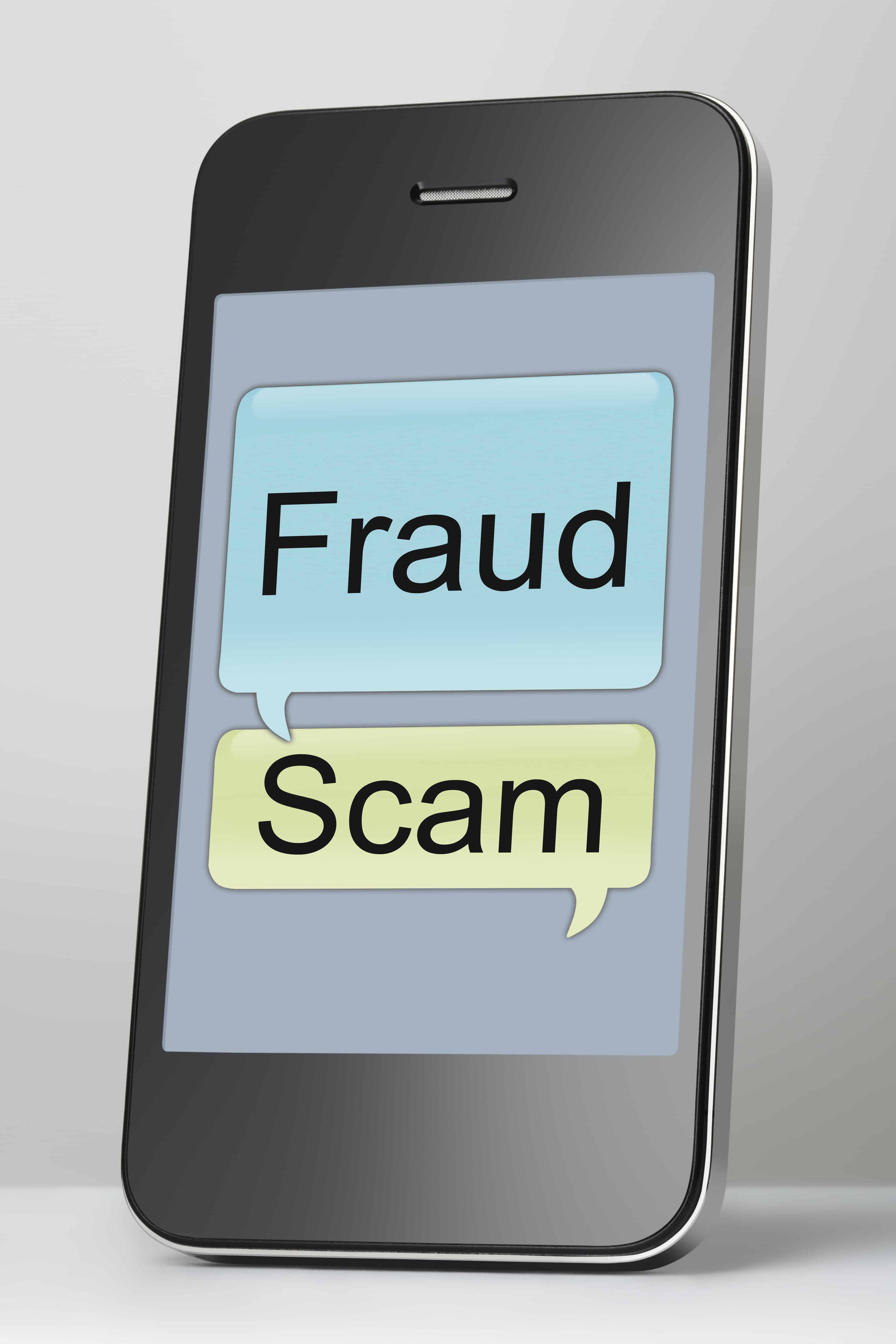The latest issue of MEF’s eBulletin is out today and turns the spotlight on mobile messaging taking an in-depth look at the issues, news and market drivers shaping the enterprise messaging space including analysis on revenue leakage, global market forecasts, conversational commerce and how being consumer-centric boosts engagement.
Businesses are increasingly turning to enterprise messaging as a key platform for engaging consumers. Impressive open rates for marketing messages are well cited. But beyond this areas such as authentication and notification in sectors like banking and healthcare as well as relationship building for brands and retailers are driving the messaging ecosystem forward.
Below we’ve outlined 14 stats that explore that growth. Download the full Mobile Messaging eBulletin here for free.

- Mobile intelligence firm, Mobilesquared, has released a Databook indicating that the A2P messaging market was worth $12.88 billion in 2015 and will rise to $58.75 billion in 2020.
- The same report also forecasts that the rollout of more next-generation SMS revenue assurance platforms will see grey-route messages drop from 65 per cent of total A2P global traffic in 2015 to 19 per cent by 2020.
- According to MEF’s messaging report, 65 per cent of consumers communicate with businesses on chat apps; increasing to 76 per cent globally via SMS.
- Moreover, 1 in 3 users have interacted with a financial services company via mobile messaging with authentication acting as a key driver – 30 per cent of consumers worldwide have confirmed passwords via text.
- Globally, the banking and financial services and retail sectors are set to be major verticals and contributing more than 40 per cent of market share for A2P SMS market growth.
- Elsewhere, Telefonica’s Text Economy Report forecasts that banks, retailers and OTT providers themselves will account for 60 per cent of global A2P messaging traffic by 2017.
- Consumers prefer SMS. According to the Direct Marketing Association poll, 44 per cent of respondents would rather receive product details and marketing messages via SMS.
- Analyst firm Statista indicates that the volume of A2P messages was 1,625 billion in 2015, and will rise to 1,762 billion by 2018.
- Credence Research goes further, forecasting two trillion A2P messages a year by 2017.
- The global A2P share of SMS traffic has nearly doubled in the last five years from 11.7 per cent in 2010 up to 22 per cent in 2015.
- OpenMarket in collaboration with Portio Research has forecast that businesses will send over 1.7 trillion A2P messages in 2016.
- A customer engagement survey by Ovum and Tata Communications showed that SMS, by a wide margin, remains the preferred way to maintain contact with consumers with more than 50 per cent of respondents indicating that they expected their use of SMS, email and social media to increase over the next 12-24 months.
- Unsolicited messages threaten consumer trust. MEF’s 2016 fraud report shows that 26 per cent of chat app users and 28 per cent of SMS users receive a spam message every day. And 33 per cent have received a SMiShing (SMS phishing) message.
- MEF’s Future of Messaging Working Group estimates that SMiShing alone contributes $680 million to the annual $2 billion fraud cost currently borne by mobile operators and consumers.




Download the free MEF Messaging eBulletin now
Download our first quarterly Messaging eBulletin which takes a look at some of the issues being tackled by MEF’s Future of Messaging Programme including contributions from Aditya Dhruva, Head of Messaging and Broadband at Mahindra Comviva discussing the challenge of revenue leakage and Robert Gerstmann’s, MD for CLX Enterprise Division, analysis of the recently published MEF Messaging Fraud Report.
The eBulletin also includes news, stats and A2P market forecasts and analysis from Mobilesquared’s Chief Insight Analyst, Nick Lane, whilst MEF’s COO, Joanne Lacey, looks at another, much-hyped, driver of engagement via messaging – conversational commerce.





